Stuart Forster discusses the experience of walking at Castle Eden Dene in County Durham.
Disclosure: Some of the links below and banners are affiliate links, meaning, at no additional cost to you, I will earn a commission if you click through and make a purchase.
Many people will want to forget 2020 because of the pandemic, lockdowns and disruption to life as we knew it. For some, countryside walks have played an important role in maintaining physical fitness and mental wellbeing. Castle Eden Dene, in County Durham, is one of the many places worth visiting for circular walks in North East England.
Castle Eden Dene National Nature Reserve covers an area of 221 hectares and has approximately 12 miles of footpaths.
A sun-bleached information board with a map stands next to the visitor car park at Oakerside Dene Lodge. The board outlines the circular walking trails in the nature reserve.
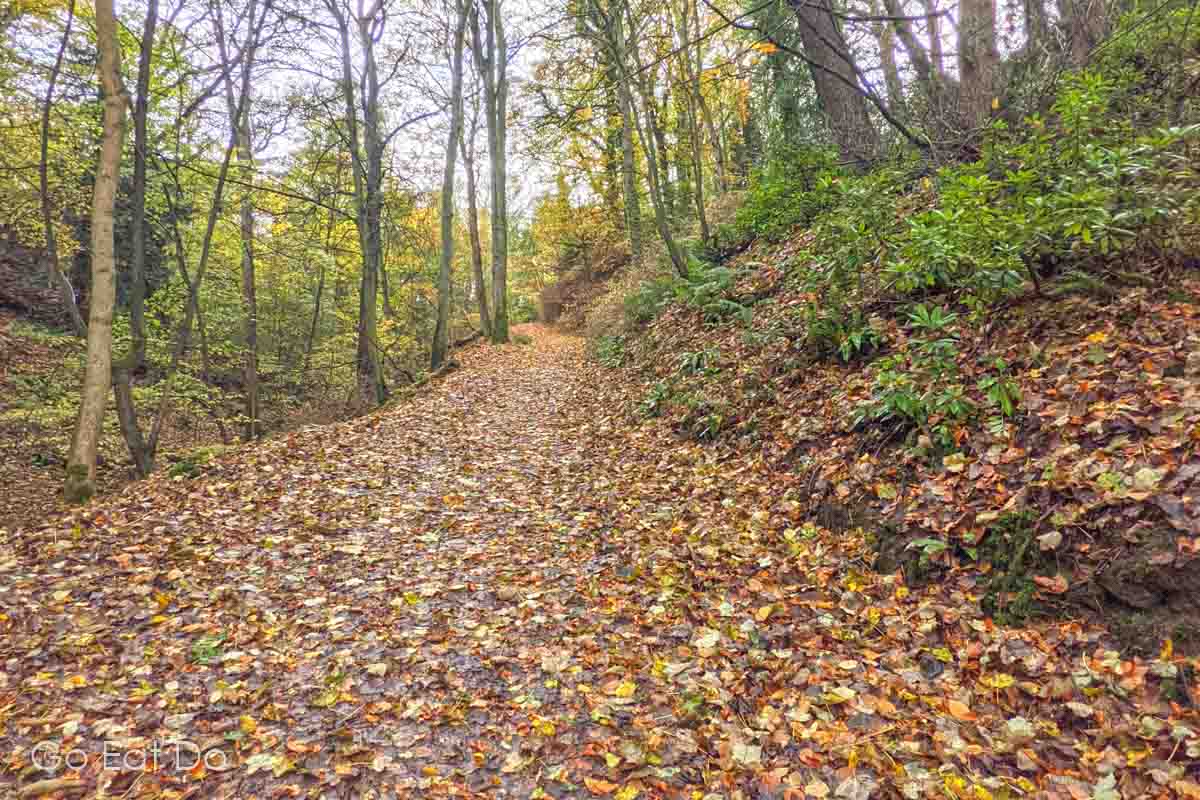
Circular walking trails at Castle Eden Dene
The Yew Tree Trail is two miles long and takes anything between 90 minutes to two-and-a-half hours to complete.
The Squirrel Trail, slightly shorter at 1.8 miles, takes between one and two hours.
Pausing to view the birds and animals inhabiting the dene means that it’s easy to spend significantly longer on the trails.
I found observing a squirrel calling into the distance from up on a tree fascinating. The rasping cry was probably an alarm call. Yet it may also have been part of the rodent’s efforts to mark its territory. You can view the behaviour in my short video about Walking in Castle Eden Dene:
Walking in County Durham
The dene has trail markers but they are infrequent. However, it’s almost impossible to become lost as the footpaths follow the length of the valley for much of their way.
In total, Castle Eden Dene has a length of 3.5 miles. In places, the limestone is exposed revealing rugged, honey-coloured cliffs. At one point I spotted a cave midway up the rockface.
The steep-sided valley was formed at the end of the last ice age. Meltwater cut a deep channel into the magnesian limestone. This is the deepest of the denes along County Durham’s coastline.
The limestone is porous. This explains why Castle Eden Burn, which runs along the dene, can’t be seen throughout the year. The water seeps down into the rock and flows below ground. Its water was babbling gently as I strolled through the dene following an autumn downpour.
The footpaths are well maintained but I’m glad that I wore boots for my autumn walk in the dene. There was thick mud and puddles in a handful of spots. The wet leaves strewn on the footpath were slippery in a couple of places. Overall, I found it pleasant and easy to follow the Squirrel Trail.
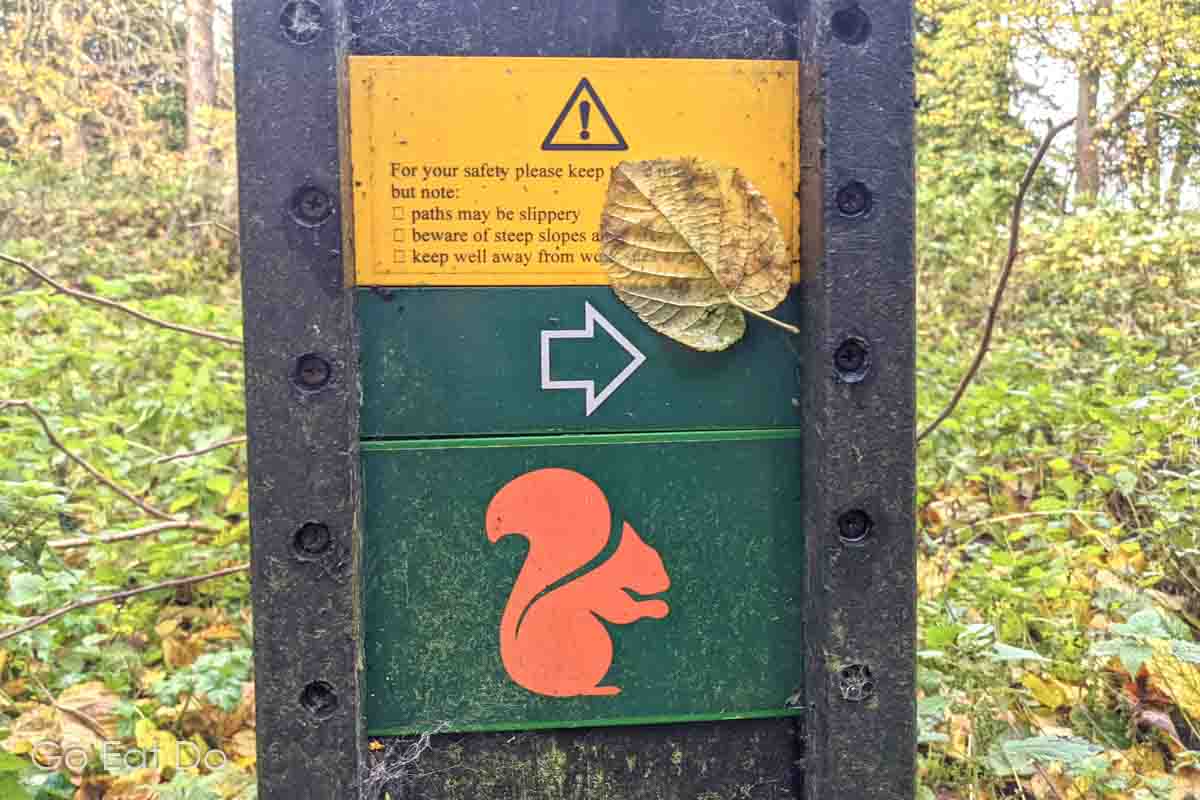
Plants, birds and wildlife
The dene’s depth and steep sides discouraged people from turning it into farmland. It means that Castle Eden Dene holds one of Britain’s few fragments of wild and ancient woodland.
Approximately 450 plant species grow in the dene. Wild garlic and bluebells thrive in springtime. Bugles, red campions and primroses are among the many species that thrive.
During my autumn walk, it was not the colours of flowers but the golds, russets and reds of fallen leaves that caught my eye. Despite tree branches swaying in the wind, clumps of richly coloured foliage clung defiantly to the trees from which they budded back in the springtime.
Treecreepers, goldfinches and coal tits count among the long list of bird species that can be spotted in the dene. Tawny owls, short-eared owls and buzzards number among the birds that find prey in the woodland.
A chalkboard in the car park listed the mammals recently spotted. They include roe deer, muntjac and foxes.
The area also provides habitat to numerous moths and butterflies, including red admirals, dingy skippers and common blues.
That diversity and its geology mean that Castle Eden Dene National Nature Reserve is also designated a Site of Special Scientific Interest.
They’re among the reasons why I look forward to returning for further walks in County Durham. For me, viewing wildlife in here was a particularly enjoyable aspect of spending time in the dene. I rate it among the best places for woodland walks in North East England.
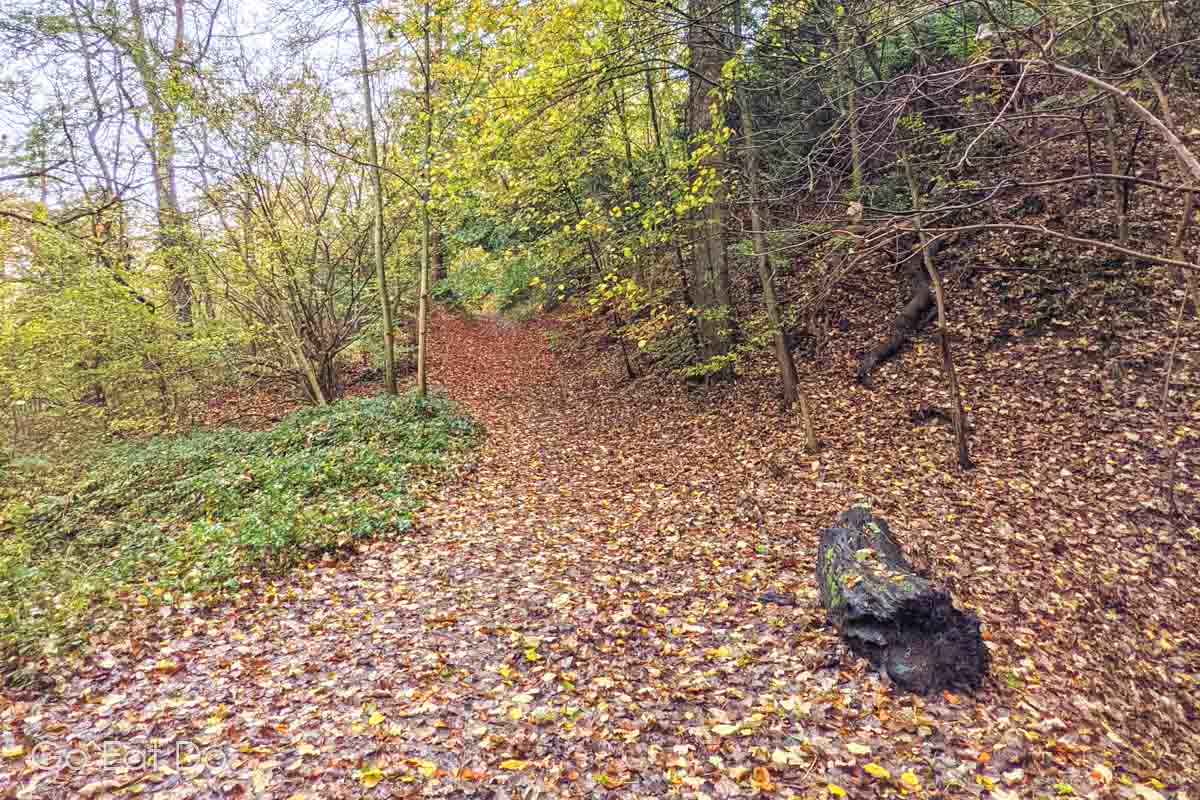
The castle at Eden Dene
The castle at Eden Dene is a Grade II Listed Building. Constructed in the mid-1760s, it features Gothic-style details added by the celebrated architect Sir John Soane.
It’s possible to loop past the castle and its grounds between walking in the dene.
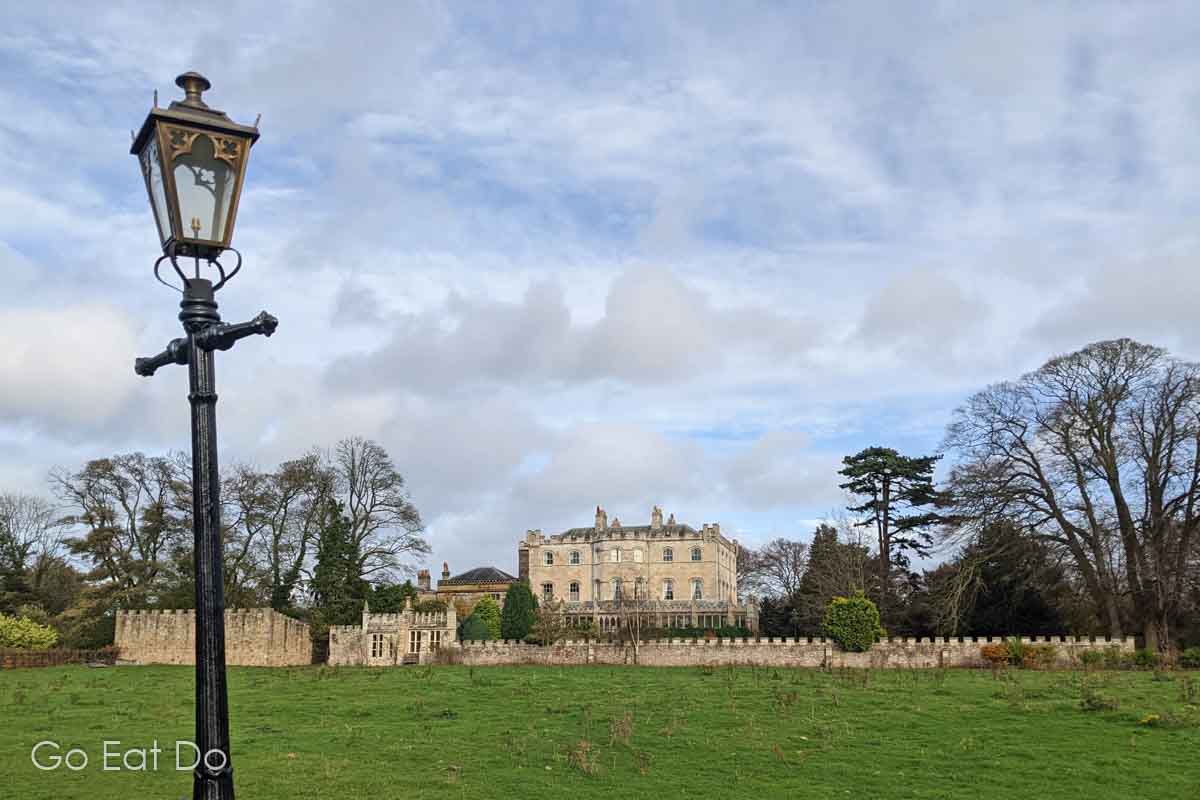
Getting to Castle Eden Dene
This national nature reserve is approximately 25 minutes’ drive south-east of Durham City and 40 minutes from Newcastle. It’s roughly 30 minutes’ drive from both Sunderland and Middlesbrough.
From Thorpe Thewles it’s a nine-mile walk or cycle ride along Castle Eden Walkway to the dene. The walkway follows the route of one of northeast England’s many former railway lines.
Nearby places to eat and Drink
The Castle Eden Inn and Luciano’s Bar and Bistro count among the pubs and restaurants near Castle Eden Dene.
Accommodation in County Durham
Looking for a place to stay in County Durham? The highly rated Seaham Hall hotel and spa is a 20-minute drive north of the dene. Lumley Castle Hotel is 30 minutes’ drive away.
Check out hotels in County Durham on Booking.com:
Booking.com
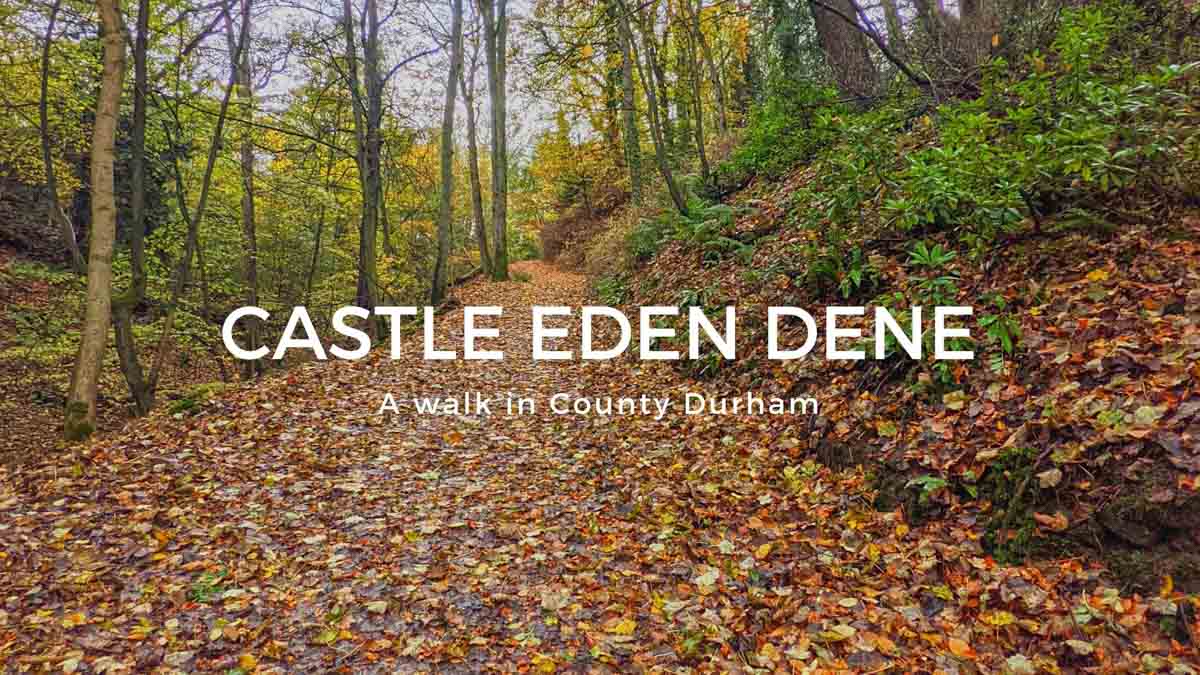
Books about walks in County Durham
If you’re looking for further walks in County Durham you may be interested in these books:
100 Walks in County Durham by Gary Richardson:



Further information
Visit the This is Durham website for more ideas about things to do and see in County Durham.
Thinking of visiting the region? Take a look at Go Eat Do’s post about a weekend break in Durham City.
Stuart Forster, the author of this post, is an award-winning freelance journalist, features writer and photographer. Also a North East England travel blogger, Stuart writes about travel and food for newspapers, magazines and online publications. He is available for commissions around the region and beyond.
If you enjoyed this post why not sign up for the free Go Eat Do newsletter? It’s a hassle-free way of getting links to posts on a monthly basis.
‘Like’ the Go Eat Do Facebook page to see more photos and content.



